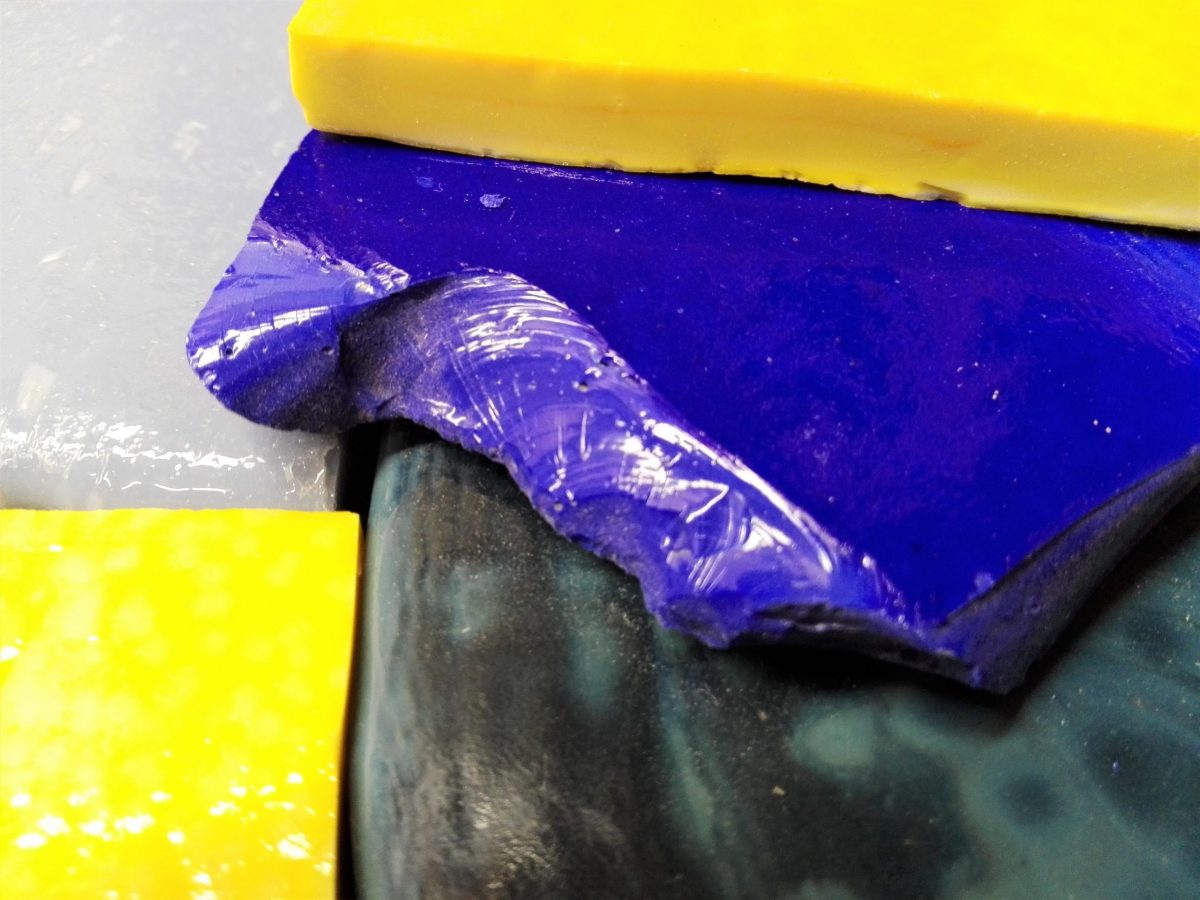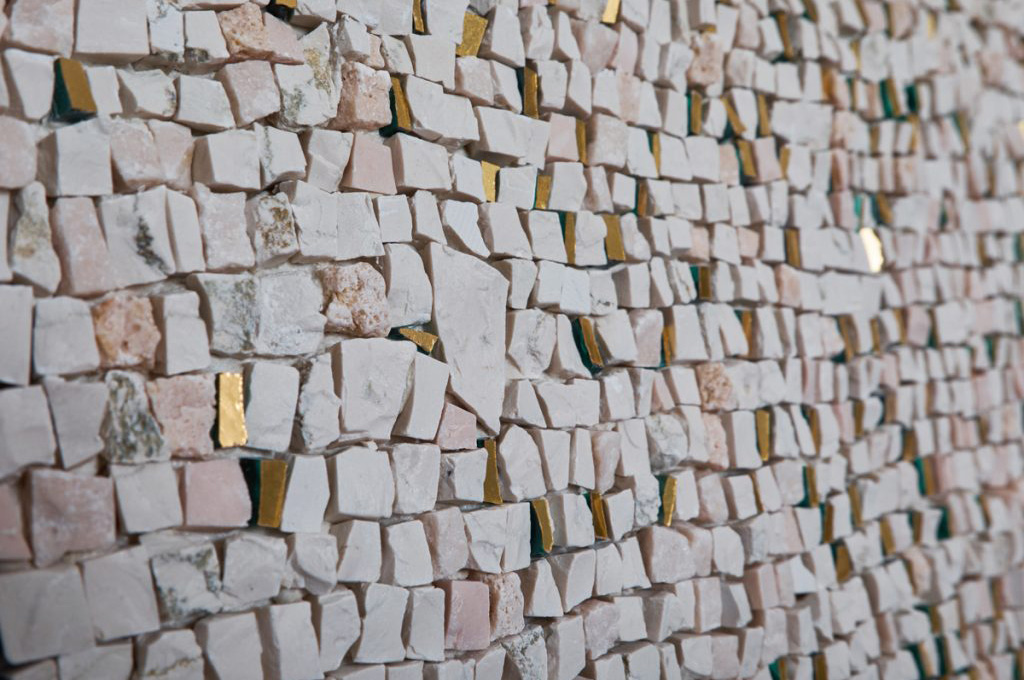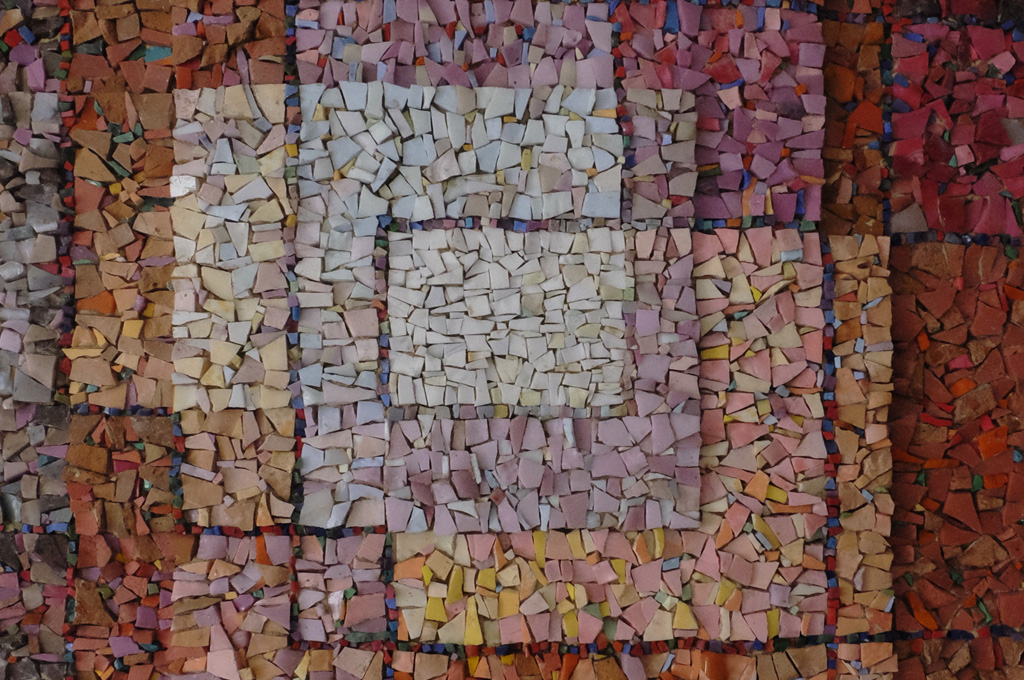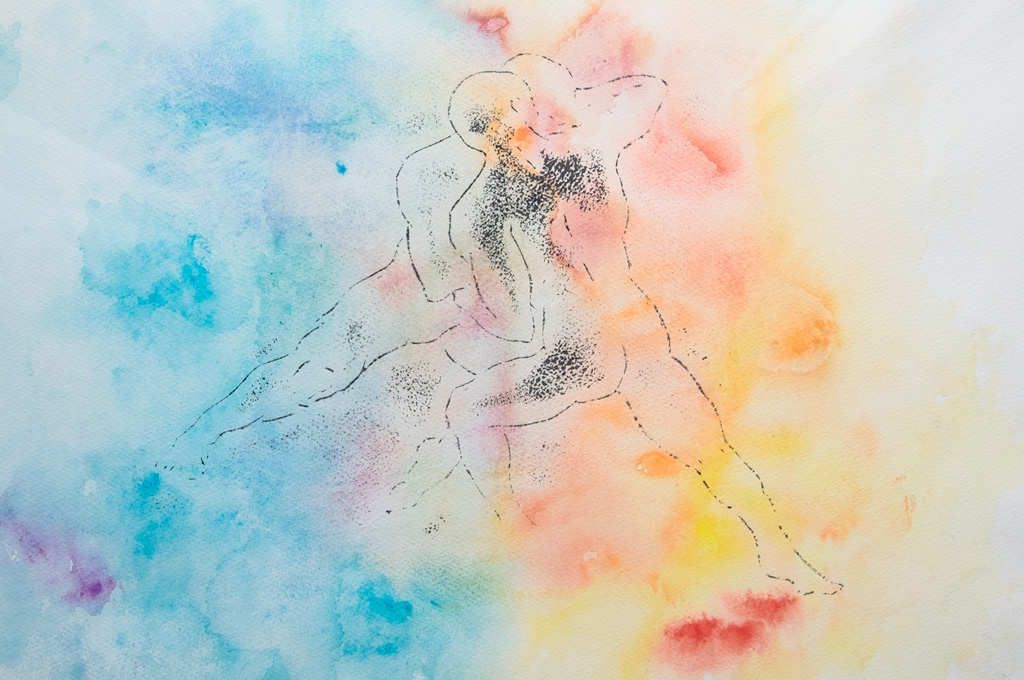I’ve recently read a book “Bright Earth. The invention of colour” by Philip Ball.
It’s a very interesting and pleasant essay, where the author thinks back to the history of the colour from a physical-chemical point of wiew, and from the very first uses till now. Today we take for granted the facility to use a tube of colour and paint a surface; 150 years ago it wasn’t so. It was even worse in he Middle Ages and before.
The colour has always been part of the human history, for a necessity to express himself, beyond the oral mean of communication. From the cave painting to the spray can, the essential problems are always the same: finding pigments as raw material, the way to transfer them and the durability of the obteined paint. These were the variables in the traditional painting for which reserches and new discoveries were made. During the history, many artists were fascinated from new colours produced thanks to new tecnologies. The problem was that they didn’t know their life and the changing that should have soffered as time goes by. So, an important question is: does the “x” XVIIth century painting really reflect the original one? Or: is the contemporary artist really aware of the colour that he is using?
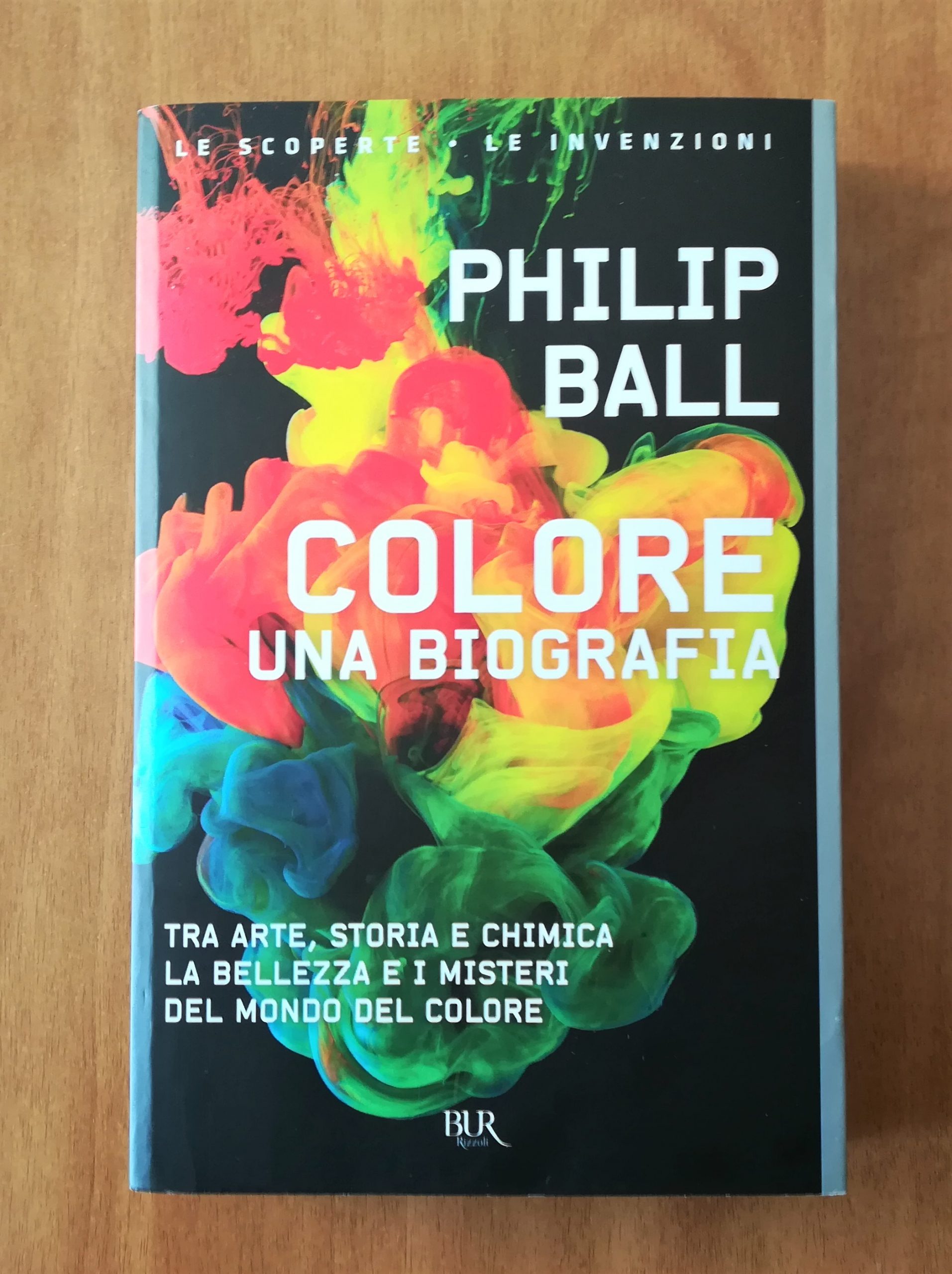
These themes made me thought over the colours used in the mosaic art.
Two big families of colours exist: the natural ones and the specially produced. In the natural coloures there are the marbles, the stones and everything made available from nature, while the coloures produced for the mosaic are the smalti and the golds.
Natural coloures seldom change or degrade: except for chemical actions, the stones don’t change. For these reason we can still admire wonderful mosaic carpet from more than 2000 years.
Smalti and goldes are very precious materials for the mosaic, both because the raw materials from which they are produced are very expensive and, to me, also beacause their recipe is so ancient and secret that it is necessary to recognize the right value.
In effect, their brilliance and durability are guaranteed from centuries of history. The tecnology and the recipe to produce the colours for the mosaic aren’t changed in the years, and now the mosaicists can count on reliable materials. So, the mosaic artist must feel the responsibility to use these materials: the message left with these colours is meant to last in the history.
